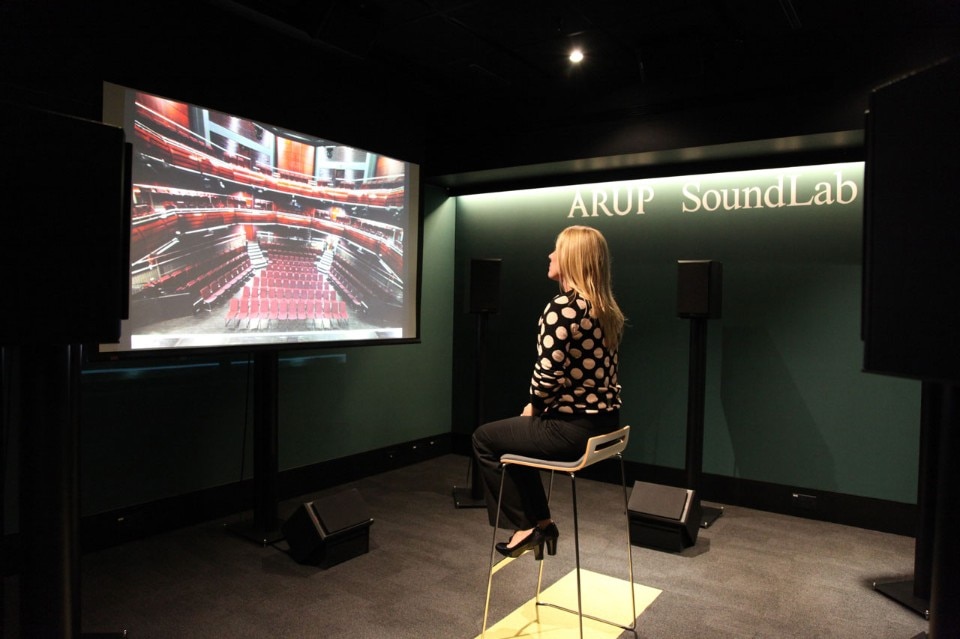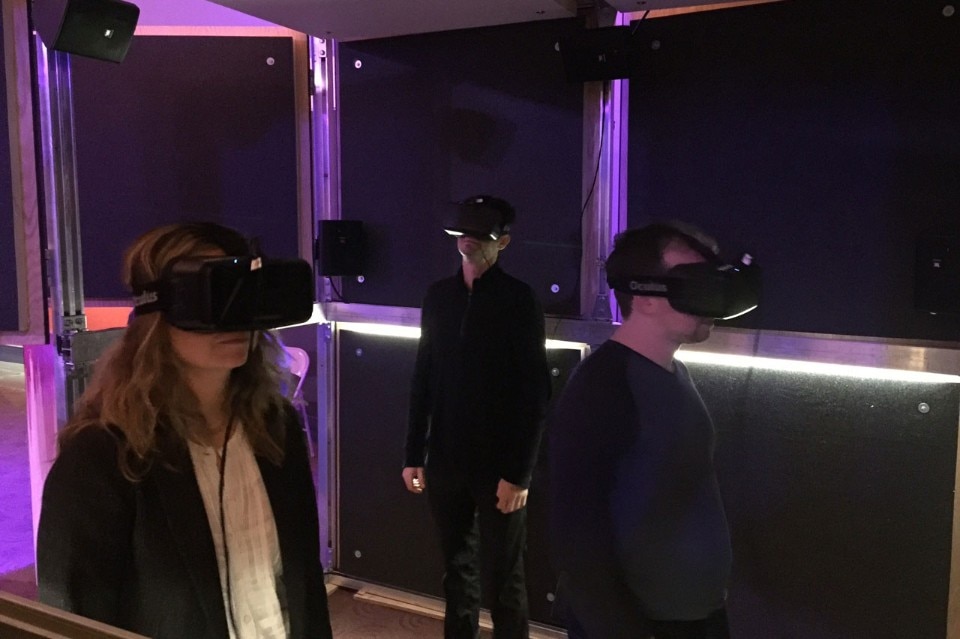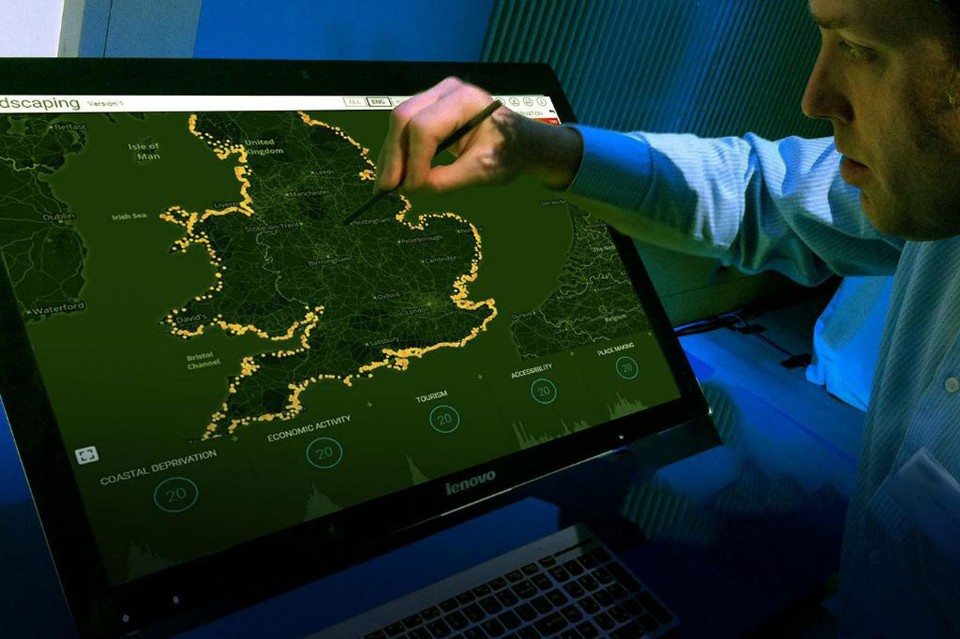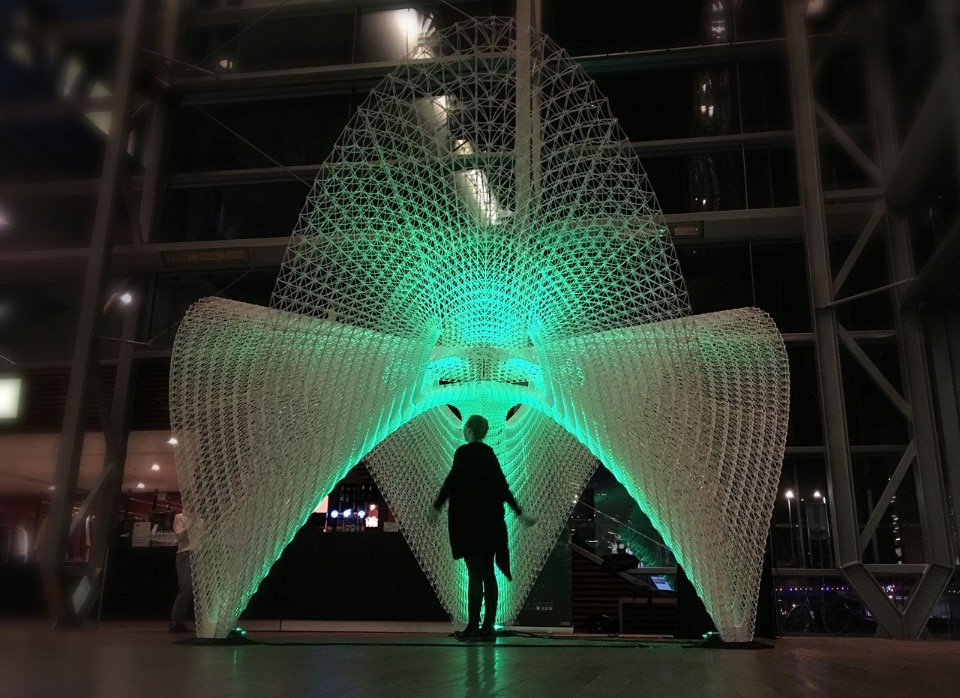Technology has always shaped cities, whether it was irrigation or clocks, looms or flushing toilets, the elevator safety mechanism or the automobile. This is something most designers have not considered enough. As a result, technology has arguably been the prime mover in city development, yet rarely shaped or directed actively by architecture and urban design. Despite what we tell ourselves, we have generally been left to pick up the pieces. Now, however, with contemporary digital technology (aka “tech”) fusing economic capital with profound hegemonic influence, we cannot ignore it anymore. As a key enabler of the so-called urban age, tech is another wave following all those planes, trains and automobiles, rolling through our towns and cities and suggesting new urban forms, new patterns of development, of business, activity and community.

As the travails of Uber et al. indicate, this can be as contentious as it is productive. What if we were to see tech as a design opportunity? Not naïvely, as designer incarnations of Icarus flying too close to its heat, but actually absorbing its often humancentred design playbook and purposefully dropping it into architecture and urban design. What if, by working with the dynamics of these technologies and translating them for civic outcomes, we could forge a new urban approach: an ability to build iteratively and sustainably, adapting as needs and desires dictate?
Today’s digitally enabled patterns are at least potentially decentralised or distributed, adaptive and malleable, with lightweight physical and digital layers, each driven by rich data counterpointed by scalable forms of participation. The latter could make way for genuine engagement, ownership and adaptability that go beyond “citizens as data points”, perhaps even finally enabling an essential aspect of Giancarlo De Carlo’s pioneering work: places meaningfully shaped by their inhabitants and users, thus unlocking a form of genuinely engaged sustainable urbanism. But this can happen only if we engage.


Equally, the ideologies implicit in many contemporary approaches could enable the exact opposite, if unchallenged. As designers, we must work with others to engage directly with tech, co-opting their design practices in order to discern the most valuable trajectories for our cities via a systemic change in cultures of decision making. (Arup’s Digital Studio had been working with the City of Amsterdam over the last year to do just this.) After all, we are hardly likely to attain the low-carbon cities we need this century by working with the system that created the last century’s high-carbon cities.
A human-centred, tech-enabled “total design” approach could lead to a richer understanding of urban processes and politics, of making complex decisions with real trade offs and long-term consequences, of baking the idea of “city as public good” into the DNA of structures and platforms that affect the city. In the face of such powerful motive forces, arguably far more disruptive than the 20th-century automobile, we must engage with technology as a set of transformative materials, design practices and decision-making cultures – in short, as an opportunity.
This article has been originally published in the Green supplement of Domus 1016, September2017.
© all rights reserved

